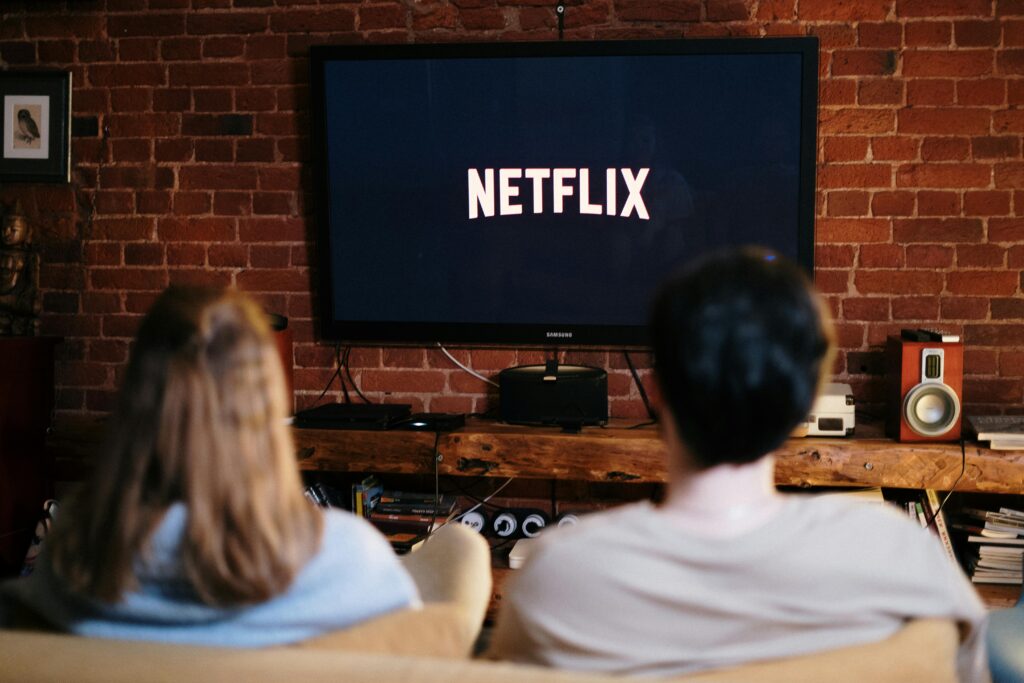
Frequency capping is a crucial yet often overlooked aspect of digital advertising. In a nutshell, it’s the practice of setting limits on how many times an ad is shown to the same person throughout a campaign.
Why It Matters
-It ensures ads reach your target audience without overwhelming them (aka: not annoying).
-It maximizes ad spend efficiency by recognizing when someone should be dropped from the audience pool (aka: saving money).
-In the long run, it will enhance your brands perception (aka: creating long-term opportunity).
How It Works
Frequency caps can be set for different timeframes: minutes, hours, days, weeks, or the entire campaign. The setup requires advanced technology (like a DSP) for implementation, which provides various frequency caps based on exposure patterns in relation to goals.
Example: In the XYZ campaign, we see the majority of buyers make a purchase after 6 exposures of the ad on average, so we drop them after 8 exposures if a purchase has not occurred so we can add someone new to the audience pool.
Best Practices
Target users you can track. For run-of-exchange (ROE) audiences, bid only on users whose ad exposures can be tracked to manage frequency caps effectively and ensure accurate reporting.
Stay consistent across devices. Use an identity graph to maintain accurate ad exposure counts across different devices (ipad, mobile, desktop, etc.) used by the same user or household.

The Benefits
Strategic frequency capping saves our clients thousands of dollars, increases household reach, and prevents wasted impressions.
By limiting ad frequency per user, you can avoid ad fatigue, optimize your budget, and boost the overall campaign performance.


